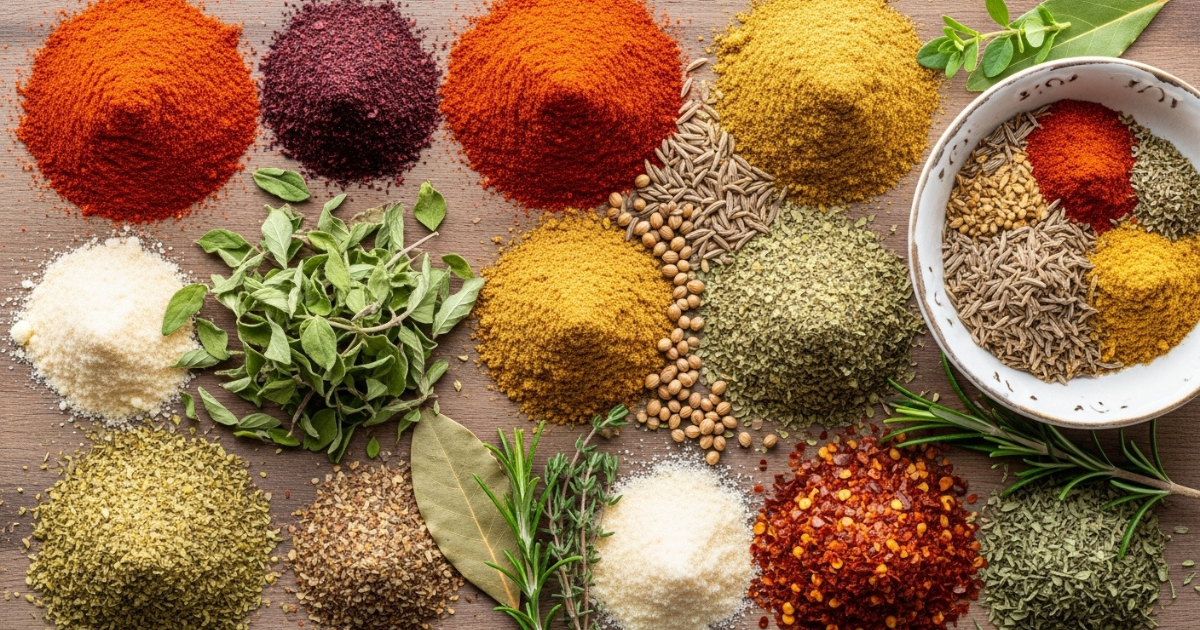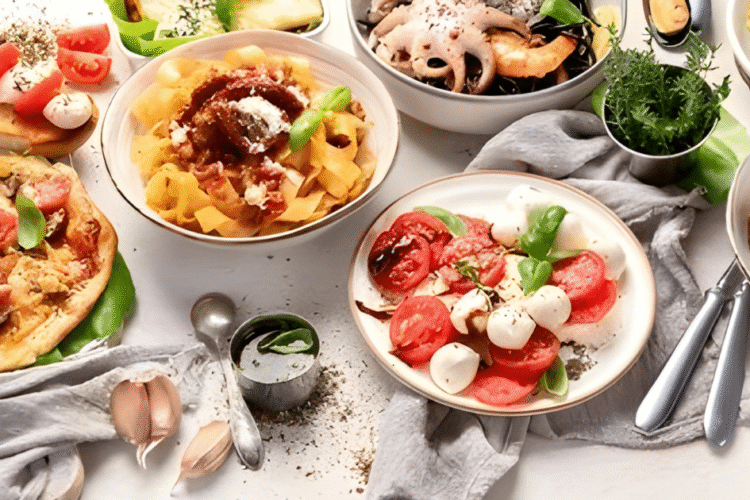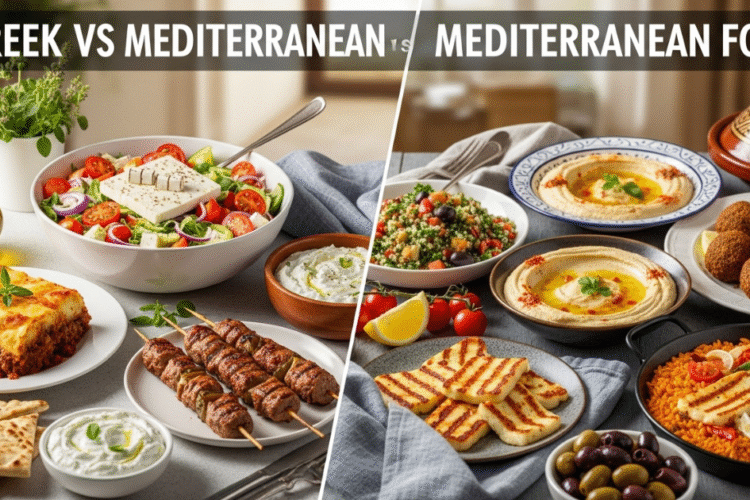Mediterranean food is known for its wide variety of flavors, although it varies somewhat in terms of how spicy it is. Even though some Mediterranean meals like La Shish’s Spicy Hummus include spicy ingredients, they are often not as spicy as dishes from Indian or Mexican cuisines. Plus, the heat levels of the cuisines of the several nations that make up the Mediterranean region are a reflection of their diverse culinary traditions.
Little Heat with an Emphasis on Freshness
The focus on locally sourced and fresh ingredients is a defining characteristic of Mediterranean cuisine. The main ingredients in many recipes in this area include grains, vegetables, herbs, and olive oil.
Instead of flooding the tongue with heat, spices are used sparingly to bring out the flavors. The characteristic aromatic signature of Mediterranean cuisine is derived from the widespread usage of garlic, oregano, thyme, basil, and rosemary.
While Mediterranean cuisine isn’t known for extreme spiciness, several key spices and ingredients add a touch of heat to various dishes:
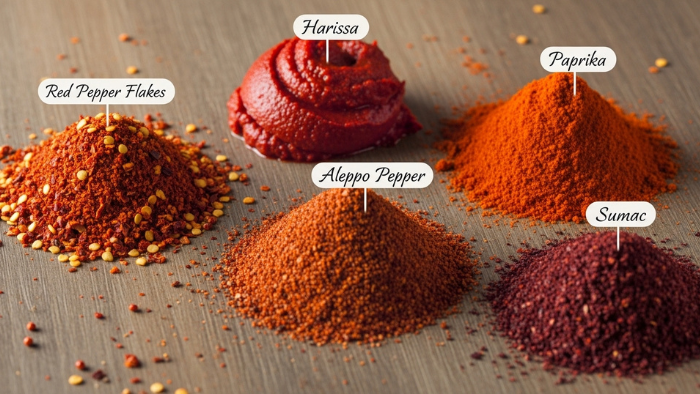
Red Pepper Flakes: Crushed red pepper flakes are frequently used in pizza, spaghetti, and grilled meats to provide a subtle, lingering heat. They are given as a condiment on the side so that guests can customize the level of heat to their preferred level.
Harissa: Especially in Tunisia and Morocco, this North African chilli paste is utilized in Mediterranean cuisine. It’s a spicy mixture of spices, garlic, and chilli peppers that gives grilled meats, stews, and couscous a big kick.
Paprika: Although not very spicy in and of itself, paprika gives food a little smokiness and warmth. It is used in many Mediterranean recipes, including Spanish paella and Mediterranean cuisine with Hungarian influences.
Aleppo Pepper: Originally from Syria, it is one of the most versatile seasonings in any Mediterranean pantry! This mild chili pepper is often used in Middle Eastern and Mediterranean cuisine. It has a fruity, somewhat spicy taste and is frequently added to roasted vegetables, kebabs, and salads.
Sumac: Composed of crushed and dried berries from the wild sumac flower, sumac is a tart spice used in Mediterranean cooking, particularly in kebabs and fattoush salad. Instead of adding a lot of heat, it adds a tangy, lemony taste.
What Spices Are Mainly Used in Mediterranean Food?
One of the healthiest and most pleasurable meals is the Mediterranean diet. The wide range of Mediterranean spices, which not only improve food flavor but also have several health advantages, is one of the main components of this diet. A few of the most common Mediterranean spices are as follows:
1. Oregano
The herb oregano, often used as crushed dried leaves, has a mildly bitter, but strong, earthy taste. It is widely used to flavor a wide range of foods, including pizza toppings, tomato and pasta sauces, Greek salads, and marinades, in Italian, Greek, and Spanish cooking.
This herb is great for infusing many types of vinegar and oils. For instance, you can make your own herb-infused olive oil by mixing dried oregano with extra-virgin olive oil.
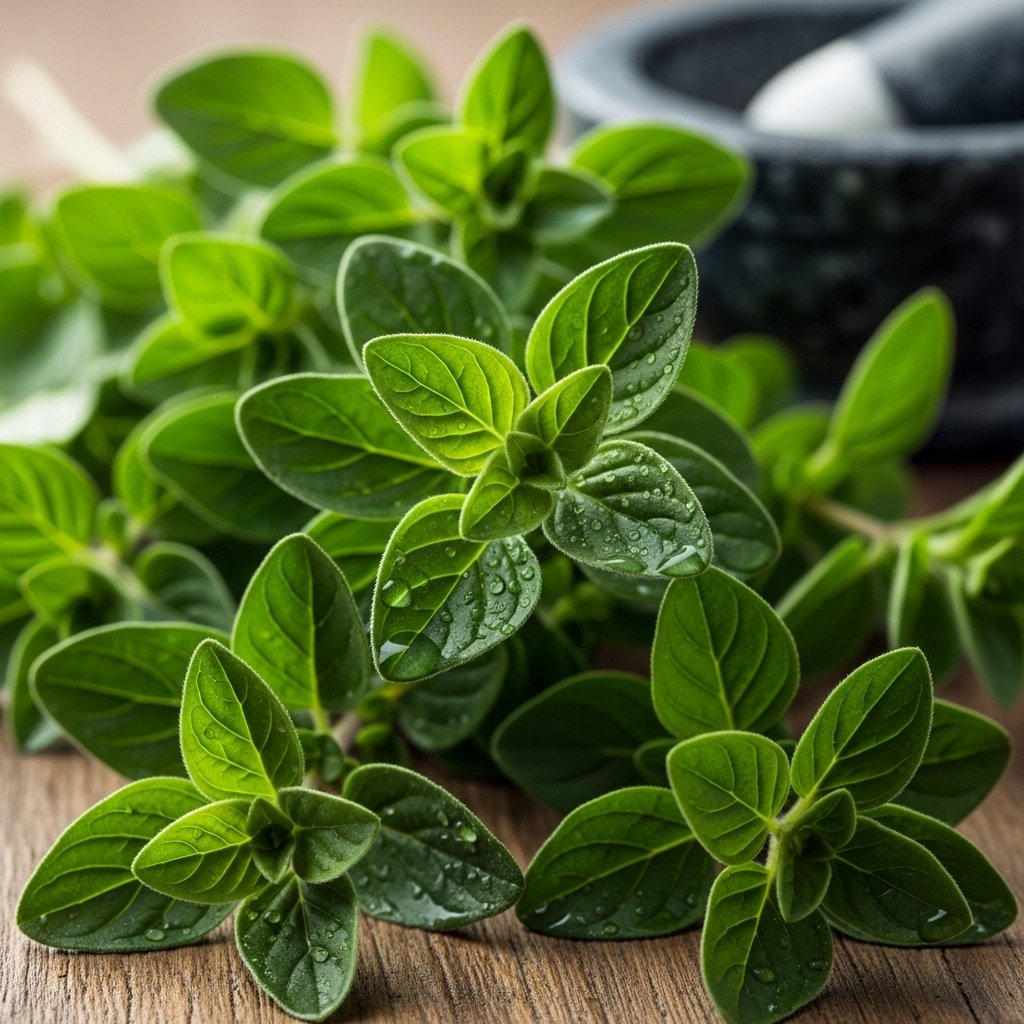
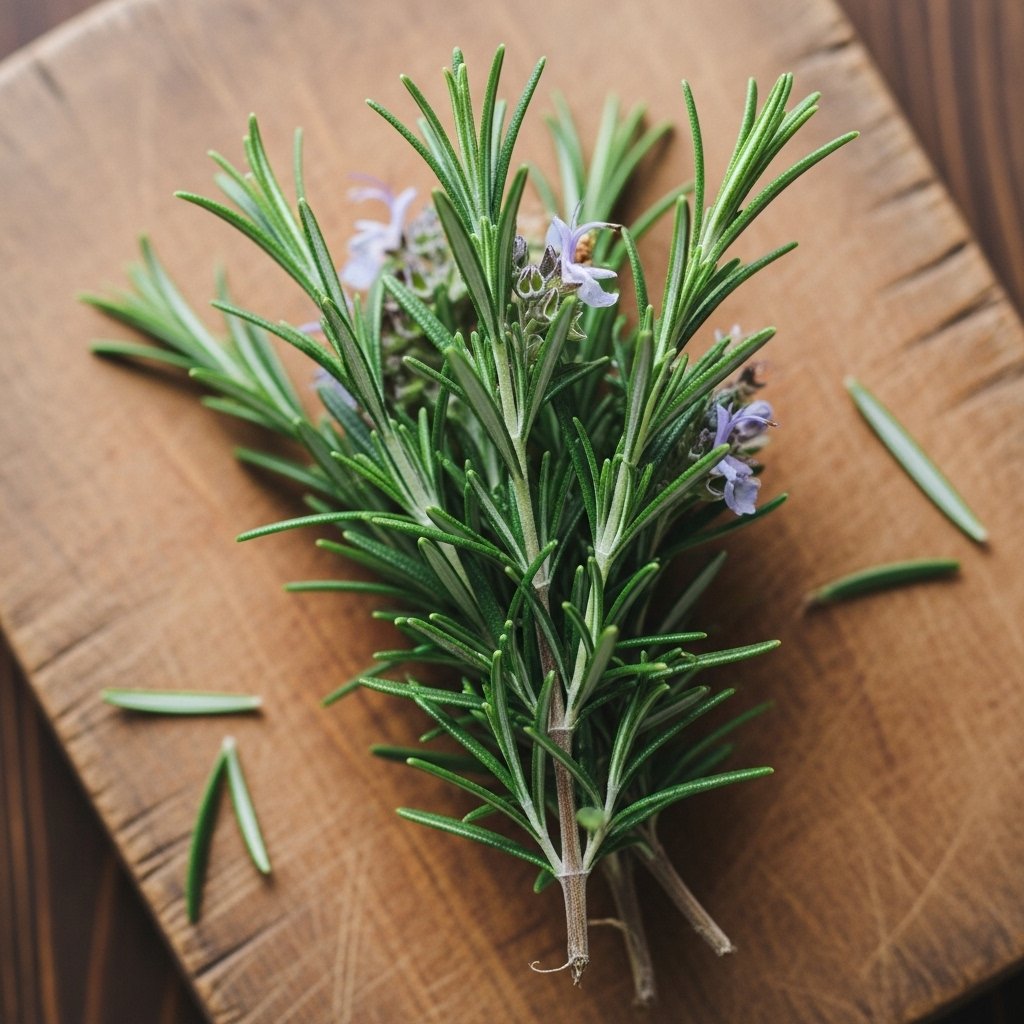
2. Rosemary
With undertones of lemon, mint, and pepper, rosemary encourages a flavor that is earthy and woodsy. It can be dried or added to foods, including bread, spaghetti, potatoes, and meat. Particularly in northern Italy, focaccia recipes frequently call for rosemary.
3. Basil
Basil is a nutritious spice that adds the last touch to many Mediterranean cuisines and is high in fiber and antioxidants. The herb has a spicy, sweet flavor. The earthy, fresh flavor of basil is frequently used with foods that contain tomatoes. Its flat, spherical leaves can be crushed and dried or eaten fresh. Fresh basil leaves, however, will provide the maximum taste.
It is a common component in Italian and Mediterranean food that is used to flavor a wide range of foods, such as pizzas, salads like caprese, and pasta sauces like pesto. Basil, like oregano, can be used to infuse vinegars and oils. Olive oil flavored with basil is great for grilled fish and salads.
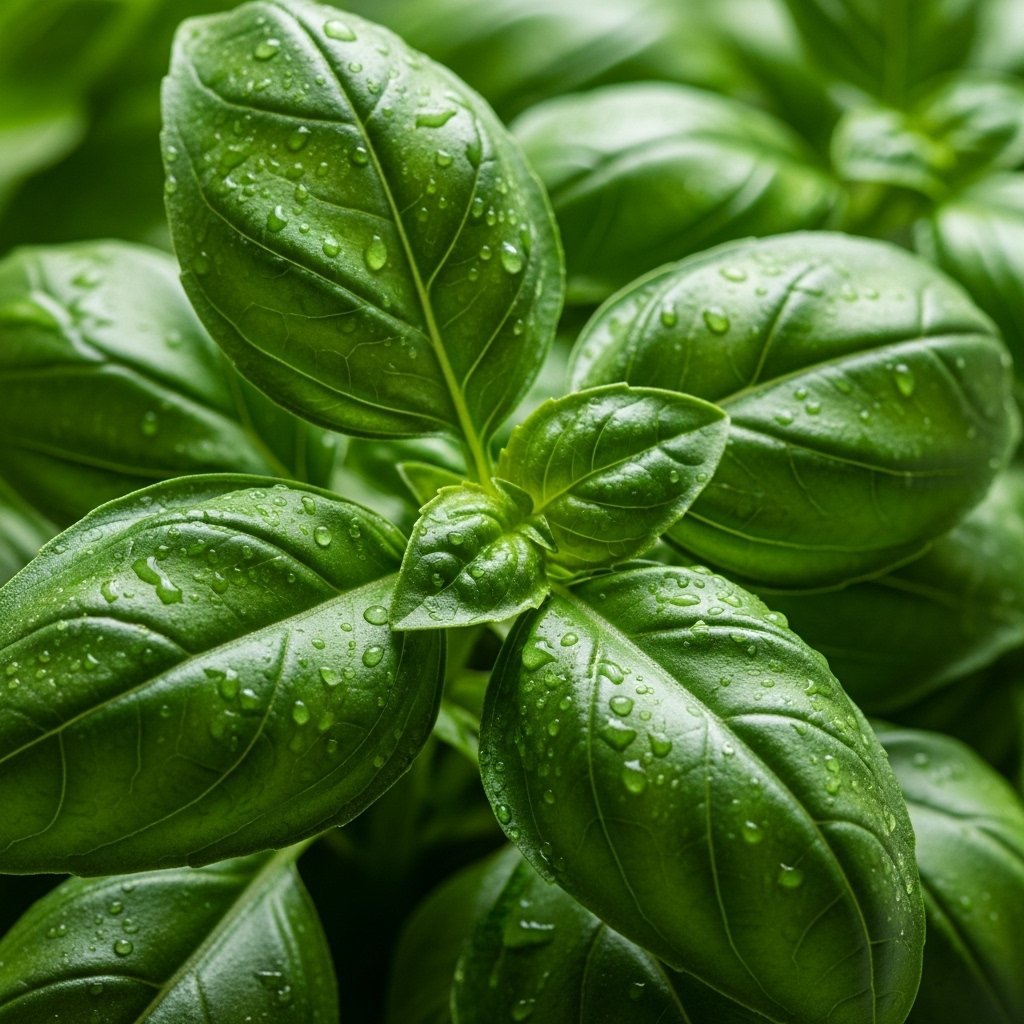
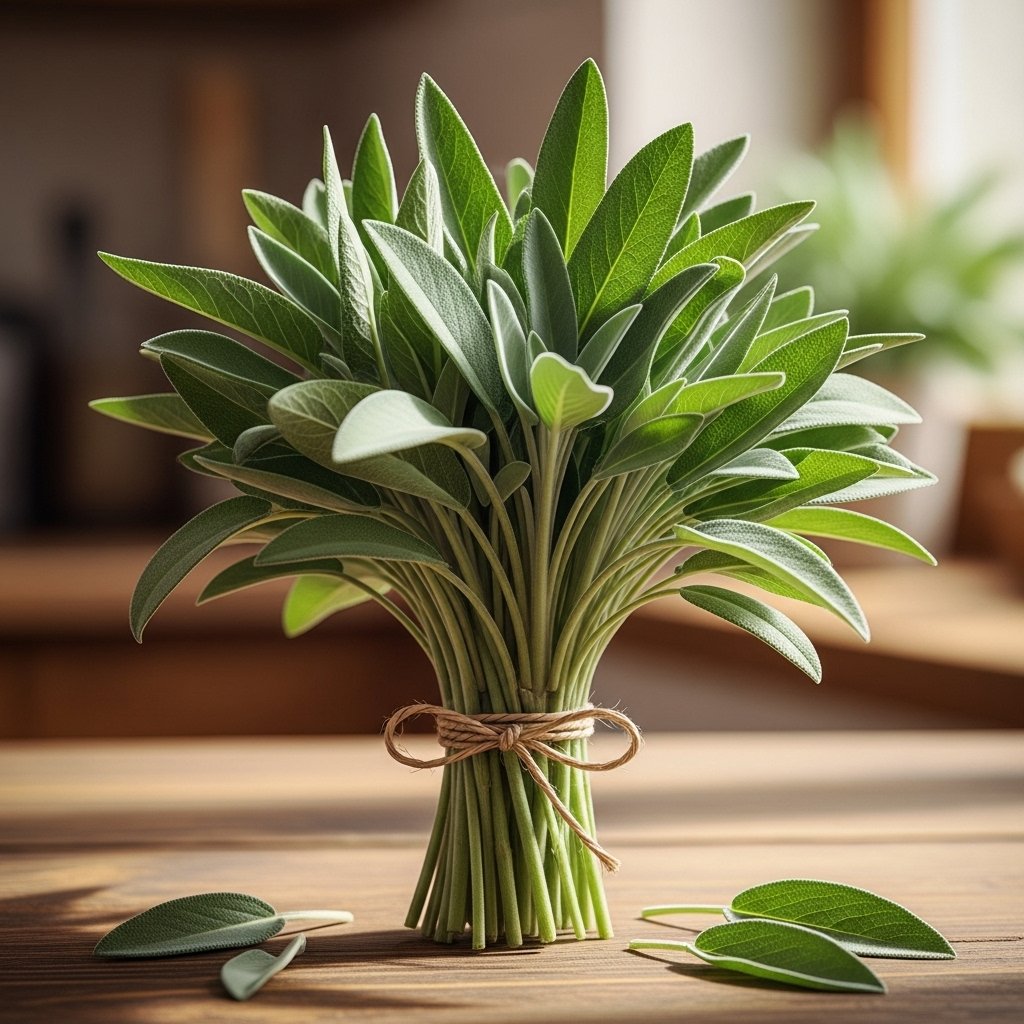
4. Sage
The earthy flavor of the sage leaf can be added to pasta, potatoes, and seafood recipes, either fresh or dried. Sage in a butter sauce is a common ingredient in Italian pasta dishes, including tortellini. To get the most flavor out of sage, it’s preferable to add the leaves at the end of the cooking process.
5. Cumin
Western Asia is where cumin first appeared, but when people in Turkey, Morocco, Malta, and Lebanon began cultivating the spice, it entered Mediterranean cooking, and it has been utilizing cumin for generations.
Its earthy flavor goes well with a range of foods, including stews, grilled meats, legumes, soups, and sauces because of its unique nutty flavor. More precisely, hummus and falafel recipes frequently call for cumin. When preparing delicious Mediterranean dishes, you can use either powdered cumin or roasted cumin seeds.
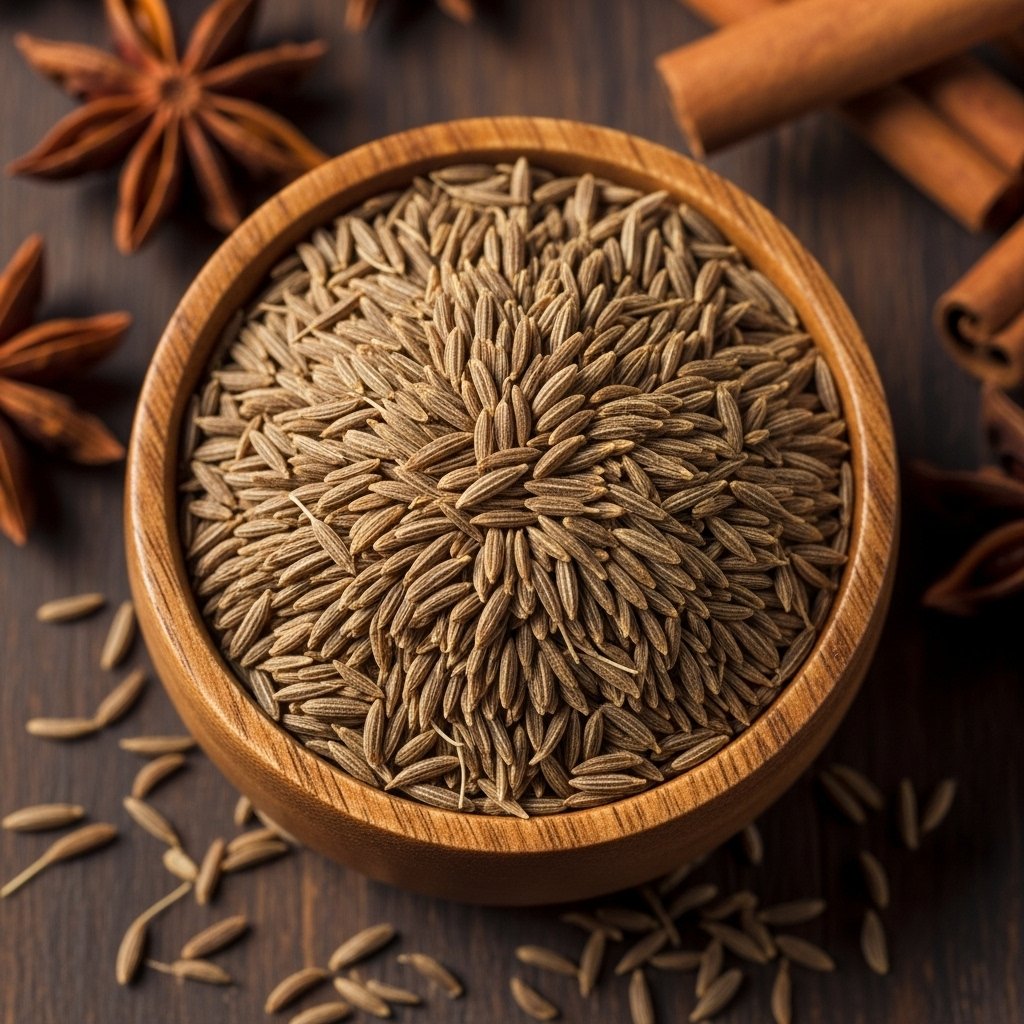
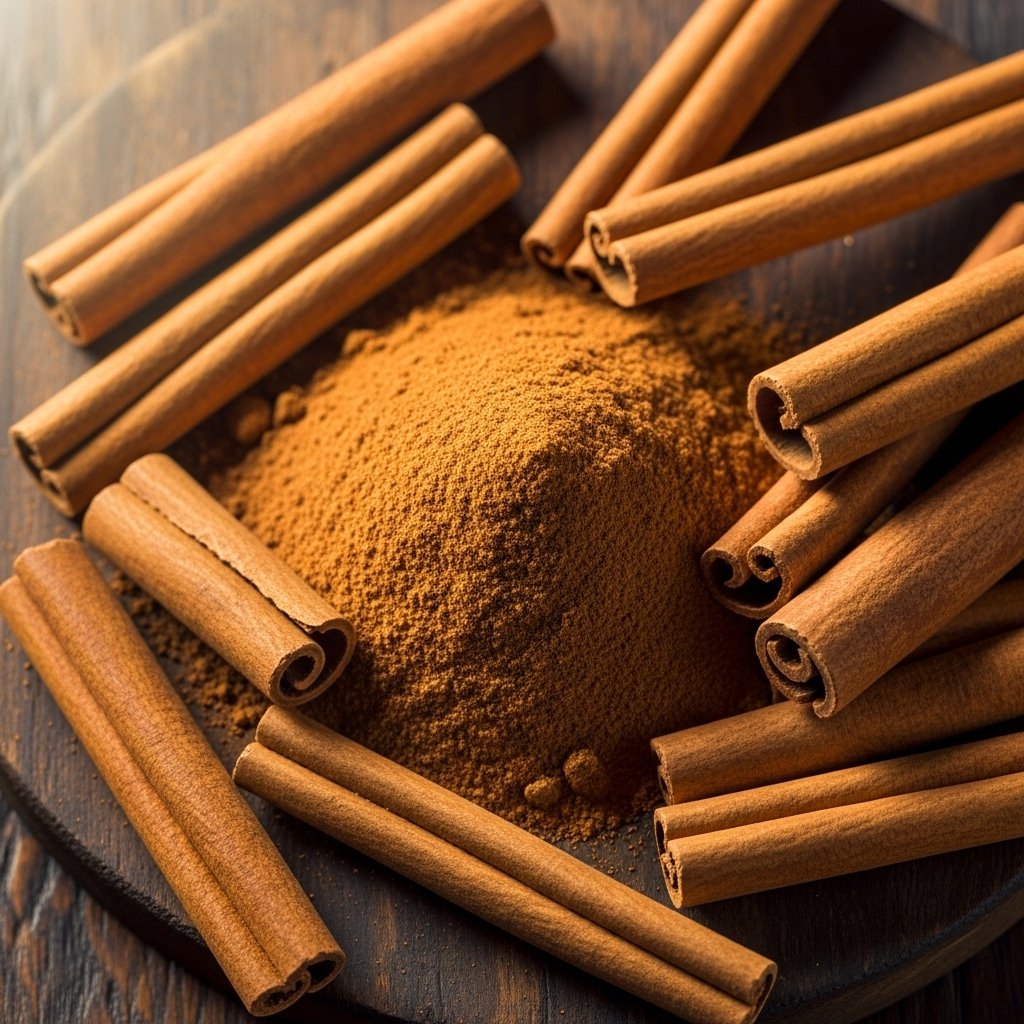
6. Cinnamon
Cinnamon is a staple spice in Mediterranean cooking, especially when it comes to desserts. Its warm, sweet flavor enhances a wide range of dishes, from delicate pastries to comforting puddings. A defining ingredient in classics like Greek baklava, cinnamon also finds its way into Mediterranean rice puddings such as Spanish arroz con leche. It pairs beautifully with fruit-based desserts, too, adding depth to pies, compotes, and poached fruits.
7. Fennel
Raw or sautéed, fennel is a vegetable that is frequently used in salads and sauces. However, fennel seeds are also used as a common spice in Mediterranean cuisine. It’s unique, fresh, anise-like flavor enhances meat and seafood dishes, and it can also be added to soups and stews. Fennel can also be used to add extra flavor to pasta or sausage links. Fennel also helps with gastrointestinal disorders and aids in digestion, which is why many Mediterranean households use it to make tea for digestion.
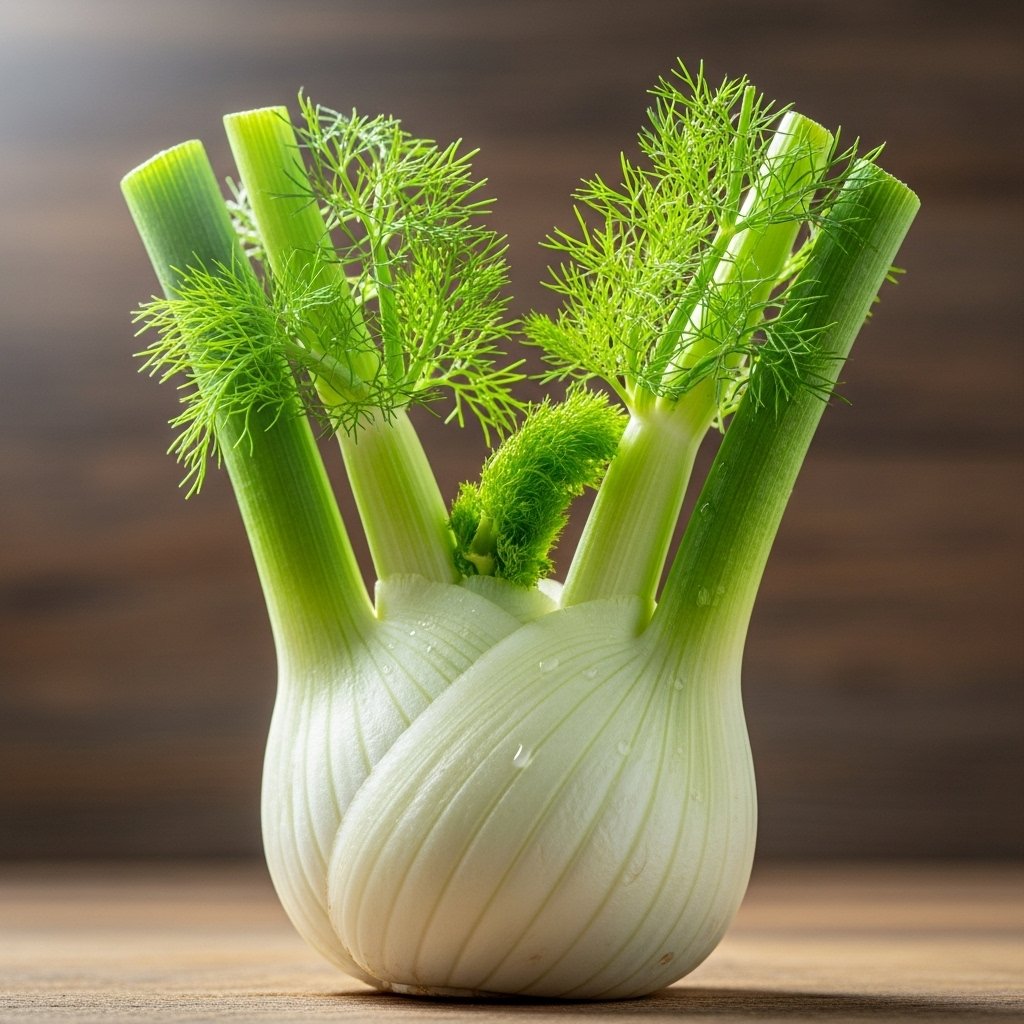
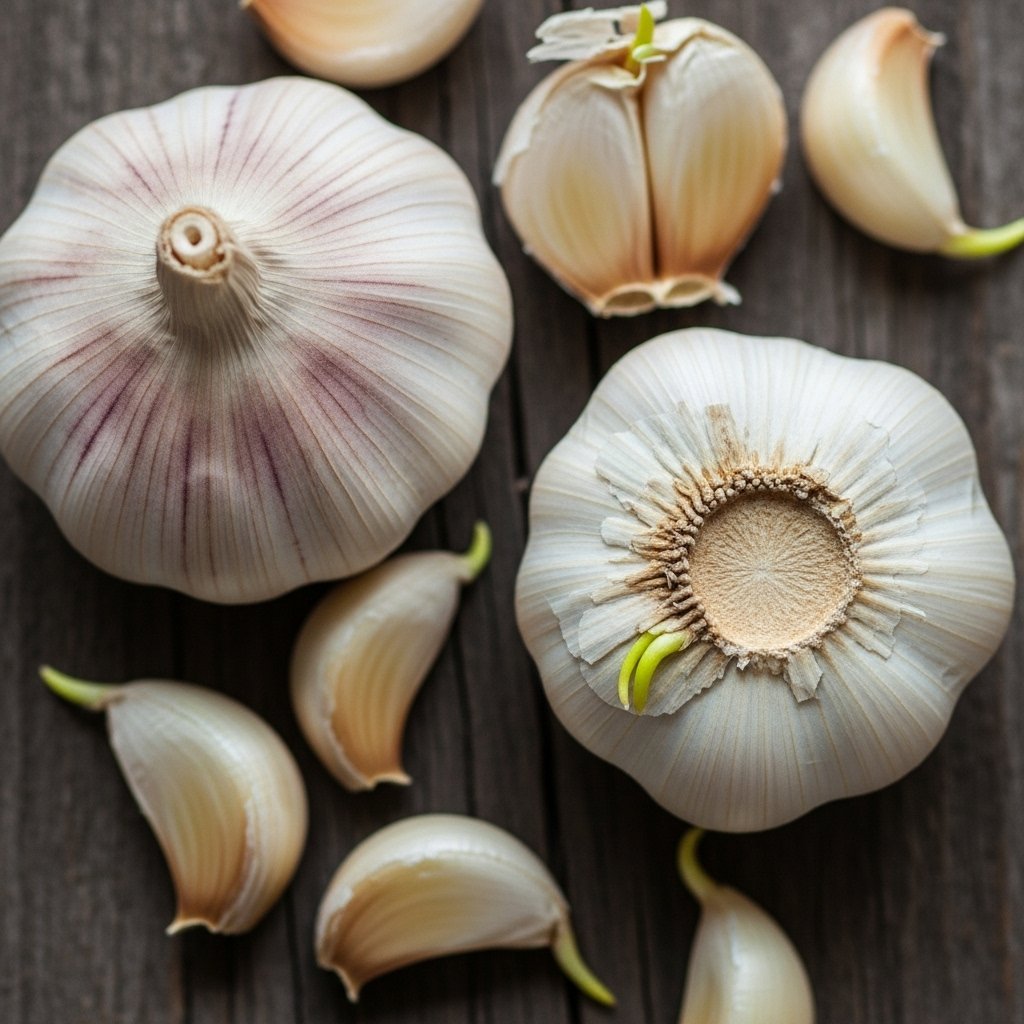
8. Garlic
Garlic is perhaps the most often used spice in Mediterranean cuisine. Its zesty taste gives pasta, meat, fish, veggies, hummus, pizza, and soups a little spiciness and warmth. This essential component of Mediterranean cuisine can be used either fresh or powdered. Before adding the remaining ingredients to the pot or skillet, it is frequently sautéed in olive oil.
9. Thyme
Thyme’s flavor is regarded as spicy and sweet, and it’s frequently likened to cloves. It can be added to pasta, seafood, meat, or vegetable recipes, either fresh or dried. It is also rich in beneficial minerals. In addition to suppressing coughs, it may aid in the battle against bacterial and fungal infections.
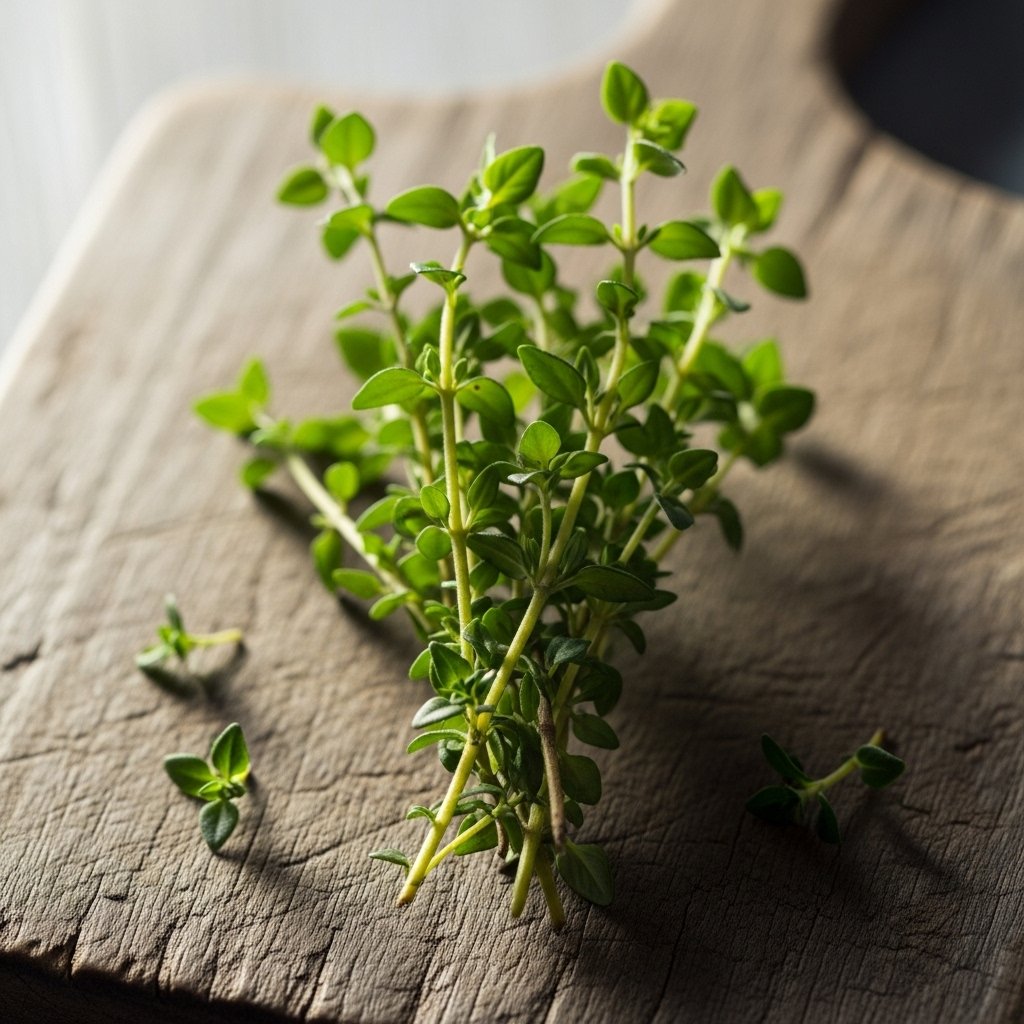
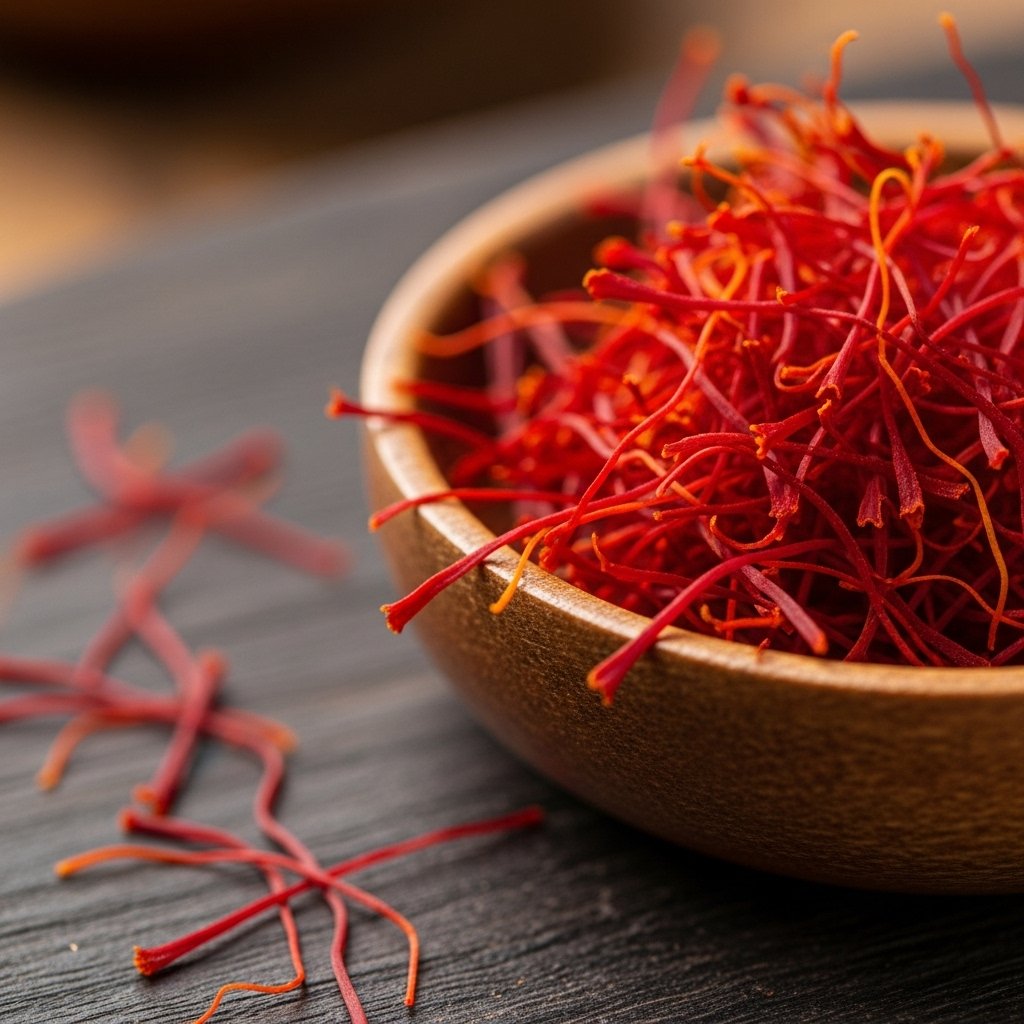
10. Saffron
When it comes to spices used in Mediterranean cuisine, saffron is like gold. It comes in fine crimson threads and is derived from a flower. It has a sweet flavor with subtle floral undertones. The majority of recipes only call for a small amount of this most costly spice. Risotto Milanese and several curries are among the most well-known saffron meals. Furthermore, saffron may elevate mood and support heart health.
Related Blog: What Defines Mediterranean Cuisine? History & Origins
Variation Through Countries & Regions
There are many nations in the Mediterranean region, and each has its own culinary customs and tastes. As a result, the degree of spiciness might differ greatly between locations.
Southern Mediterranean: Milder flavors are typically preferred in nations like Greece and Italy. Fresh vegetables, olive oil, and herbs are frequently the main elements in their meals; red pepper flakes and other spices are used sparingly.
North Africa: The food can be noticeably hotter in nations like Morocco, Tunisia, and Algeria. In tagines, couscous, and stews, harissa and other hot peppers are commonly used to add heat.
Middle East: Mediterranean countries like Israel and Lebanon use spices like cinnamon, cayenne, and black pepper in their food to add a mild yet noticeable warmth without being overly spicy.
Eastern Mediterranean: You’ll find a harmony of flavor and heat in nations like Syria and Turkey. A mixture of spices, including Aleppo pepper, is used to season dishes like shawarma and kebabs, giving them a moderate amount of heat.
Spain: The use of paprika, cayenne, and chili peppers in dishes like gazpacho and paella can give Spanish food, especially in areas like Andalusia, a little extra spiciness.
Related Blog: Greek vs Mediterranean Food | Are They the Same? | Key Differences
Conclusion
In order to produce a varied and rich culinary experience, Mediterranean cuisine emphasizes the harmonious blending of fresh foods, herbs, and spices rather than being particularly spicy. Mediterranean cuisine does contain some spicy components, but the emphasis is more on flavor balance and enhancement than on extreme heat.
Mediterranean food offers a variety of options to please your palate while honoring the region’s rich culinary tradition, regardless of your preference for a subtle hint of spice or a hotter bite. Thus, the next time you eat something Mediterranean, appreciate the delicate spice and the balance of flavors that make this food so unique.
Related FAQs
1. What spices are used in Mediterranean food?
Mediterranean cuisine uses spices like oregano, rosemary, basil, sage, cumin, cinnamon, fennel, garlic, thyme, and saffron. These herbs and spices add earthy, sweet, zesty, and floral flavors to dishes ranging from salads and sauces to meats, seafood, desserts, and rice. Together, they define Mediterranean cooking with fresh, bold, and balanced flavors.
2. What does Mediterranean food taste like?
By combining aspects of sweetness, acidity, bitterness, and umami, it embraces a harmony of flavors. The use of olive oil, garlic, lemon juice, and fragrant spices frequently enhances the inherent flavors of fruits, vegetables, and herbs, which are highlighted in the cuisine.
3. What is the main spice in Mediterranean food?
Garlic is perhaps the most often used spice in Mediterranean cuisine. Its zesty taste gives pasta, meat, fish, veggies, hummus, pizza, and soups a little spiciness and warmth. This essential component of Mediterranean cuisine can be used either fresh or powdered.
4. What is the main seasoning in Mediterranean food?
Typically, Mediterranean spices consist of a distinctive combination of ingredients, including garlic, onion powder, oregano, rosemary, and basil. However, certain variations, which are frequently the consequence of regional variations in the Mediterranean region, incorporate flavor-enhancing ingredients like dill, thyme, and parsley.
5. What are the most popular herbs in the Mediterranean?
Basil, bay leaf (also known as laurel leaf), chervil, chives, cilantro, dill, fennel, fenugreek, lavender, marjoram, mint, oregano (Greek and Italian), parsley, rosemary, saffron, sage, savory, tarragon, and thyme are common herbs in the Mediterranean region. There is undoubtedly a plant to fit the preferences of all people.
6. What is the purple spice in Mediterranean food?
Sumac, known for its deep reddish-purple color and tangy, lemon-like flavor, is a mainstay in Middle Eastern and Mediterranean cooking. It adds a bright, zesty note to salads, grilled meats, dips, roasted vegetables, and marinades, making it an ideal finishing touch or flavor enhancer.

